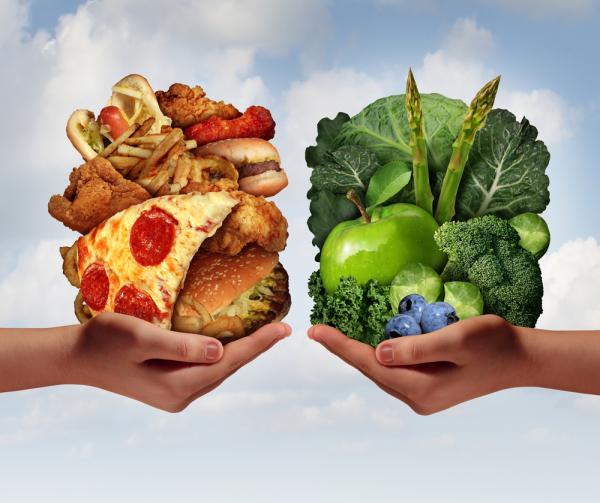It's probably the biggest issue in the nutrition world — no, not the Fat vs. Carbs dispute — but how to motivate people to make healthy food choices. You know that old saying — "You can lead a horse to water, but you can't make him drink"? Well, that certainly seems to apply to many people when it comes to choosing what foods to buy. Rather than opting for relatively low calorie items that are nutrient rich (read fruits and vegetables), as most nutrition experts recommend, many of us go for the sweet- and fat-laden instead. With obesity rampant among us, what would be an effective means of encouraging other options? A group of scientists from the University of Minnesota, New York University and the University of California, Davis devised a trial to test whether incentives, restrictions, both or neither would affect the food purchasing habits of SNAP-eligible people (Supplemental Nutrition Assistance Program, also known as Food Stamps). Their study was published in JAMA Internal Medicine.
These investigators recruited a group of 265 low-income adults, earning less than twice the federal poverty level (about $25,000 for a family of 4), who were not current participants in the SNAP program. This program provides participants with benefit cards they can use like debit cards at participating sales points to purchase food items. In each case they were the adults most responsible for food purchases in their family; all were from the Minneapolis-St. Paul, Minnesota area.
They were randomly assigned to one of 4 financial food benefit groups: Incentive group received a 30 percent discount for purchases of fruit and vegetables with their benefit cards, which was instituted as an addition to their benefit cards; Restriction group were not allowed to buy sugar-sweetened beverages, sweet bakery products or candies with benefit cards; Incentive plus Restriction group had both the incentives and restrictions; Control group had neither incentives nor restrictions. The participants were given benefit cards where funds were added every 4 weeks for a 12 week period.
They were weighed and their heights measured at the beginning of the study, and BMIs calculated. Then, at unannounced intervals, they were asked for 24-hour dietary recalls to ascertain their food intakes. In addition, they had to collect receipts for all foods purchased and turn them in. Use of the benefits cards were also monitored for compliance with the experimental protocols.
At the end of the study, there were changes in a number of food choices in the different experimental groups that differed from changes in the control group. In the incentive group, there was lower intake of sugar-sweetened beverages, and intake of fruit increased compared to the control group. Also, in the combined incentive and restricted group, the occurrence of restricted foods dropped to a greater extent than in any of the other groups. Those in the restricted group there was a significant decrease in the number of calories consumed compared to the control group.
Thus, the use of restrictive and/or incentives via a SNAP-like program seemed to affect the food choices reported by low-income adults. To be sure, this was a short study that had to rely on self reports of foods consumed, but it did have valid means of monitoring food purchases. Of course, participants in the restricted group and the combination group could have used personal funds to purchase foods that were on the restricted list — but that mimics the real-life situation involving SNAP users. The authors concluded:
"These results suggest that a food benefit program that pairs financial incentives for the purchasing of fruits and vegetables with restrictions on the purchase of less nutritious foods may reduce energy intake and improve the nutritional quality of the diet of program participants in comparison with a food benefit program that does not include incentives and restrictions."
In other words, both the carrot and the stick, alone or in combination, can influence food purchasing choices.




